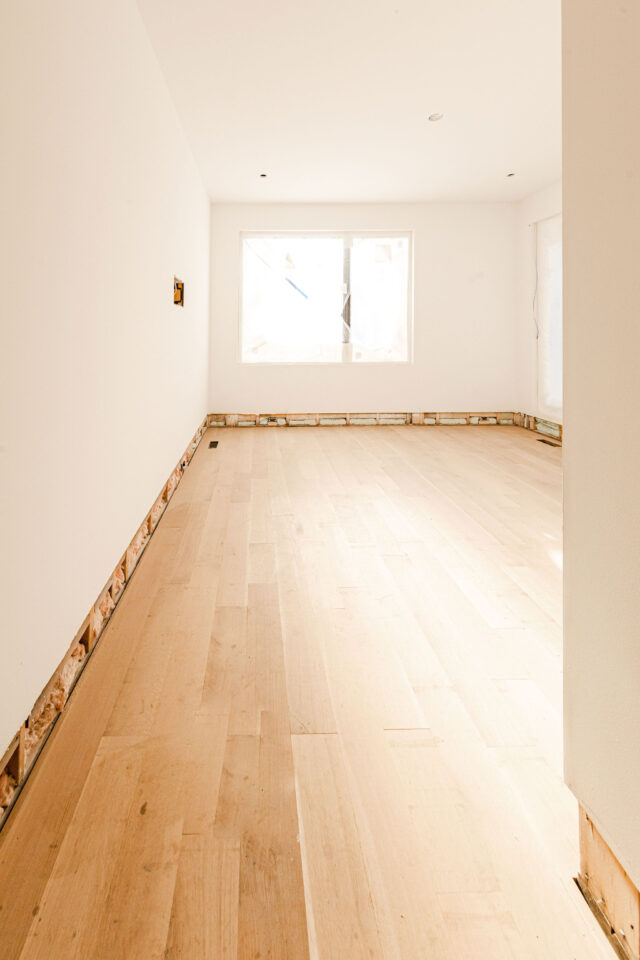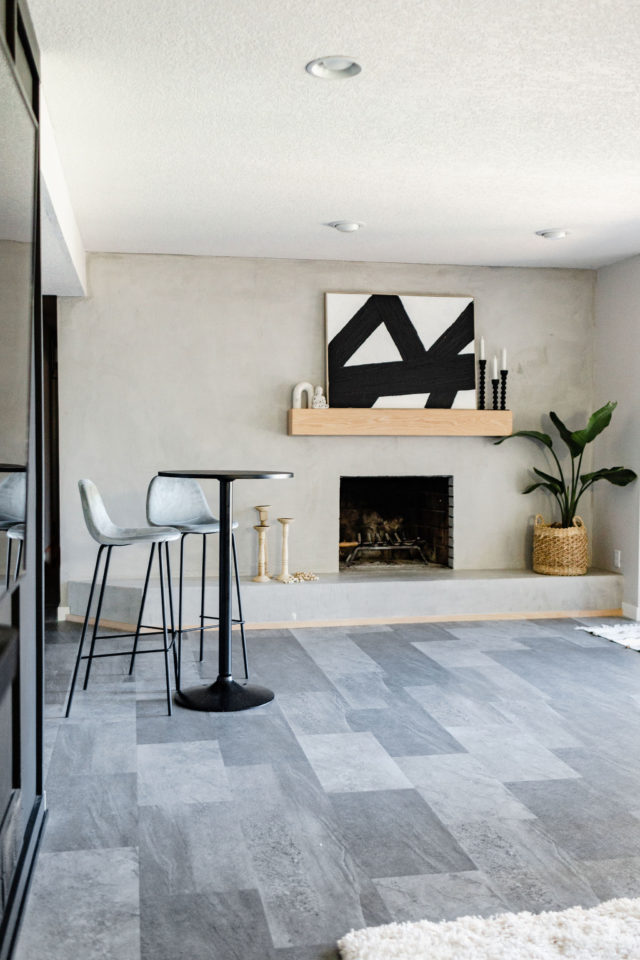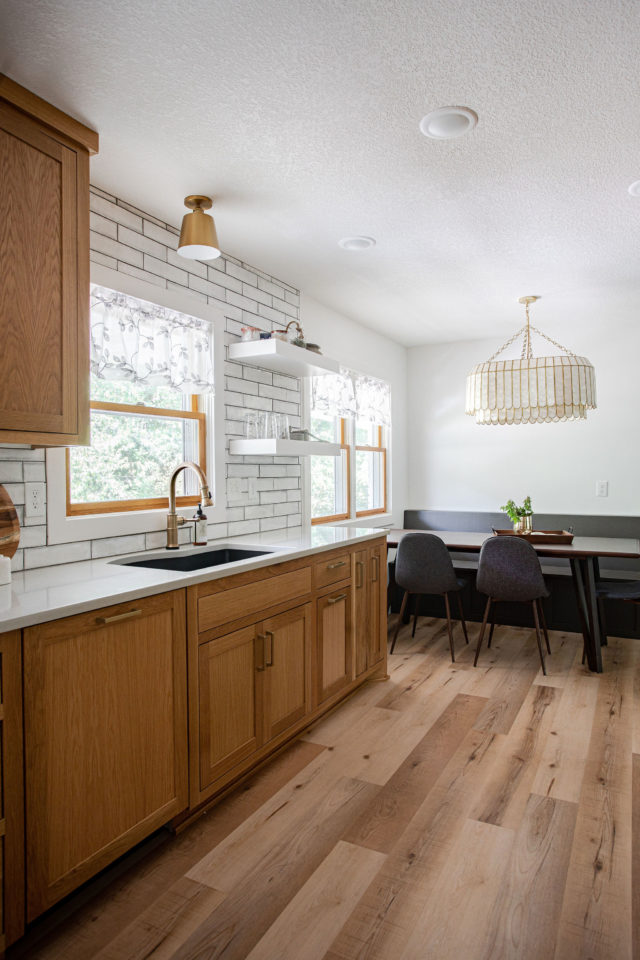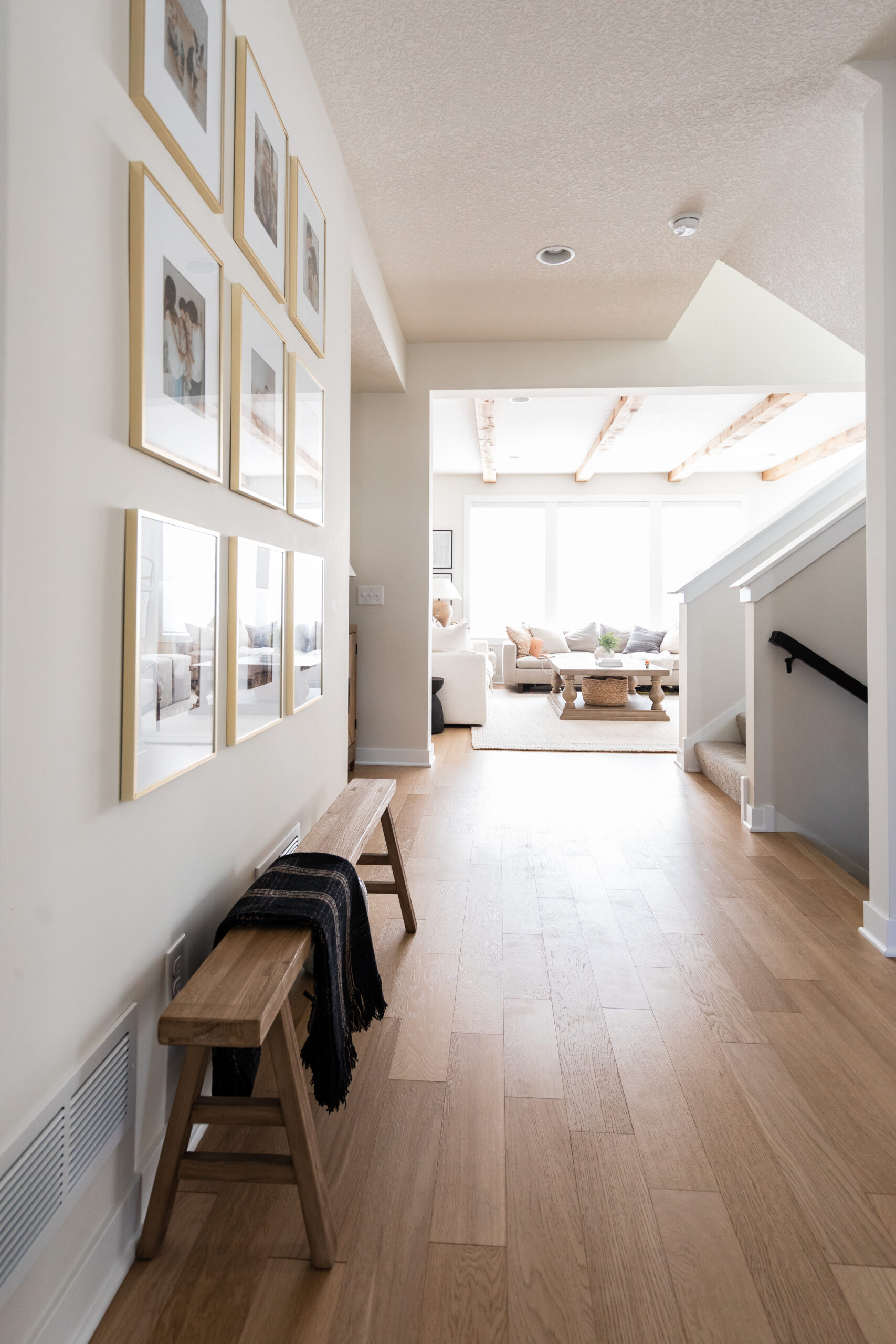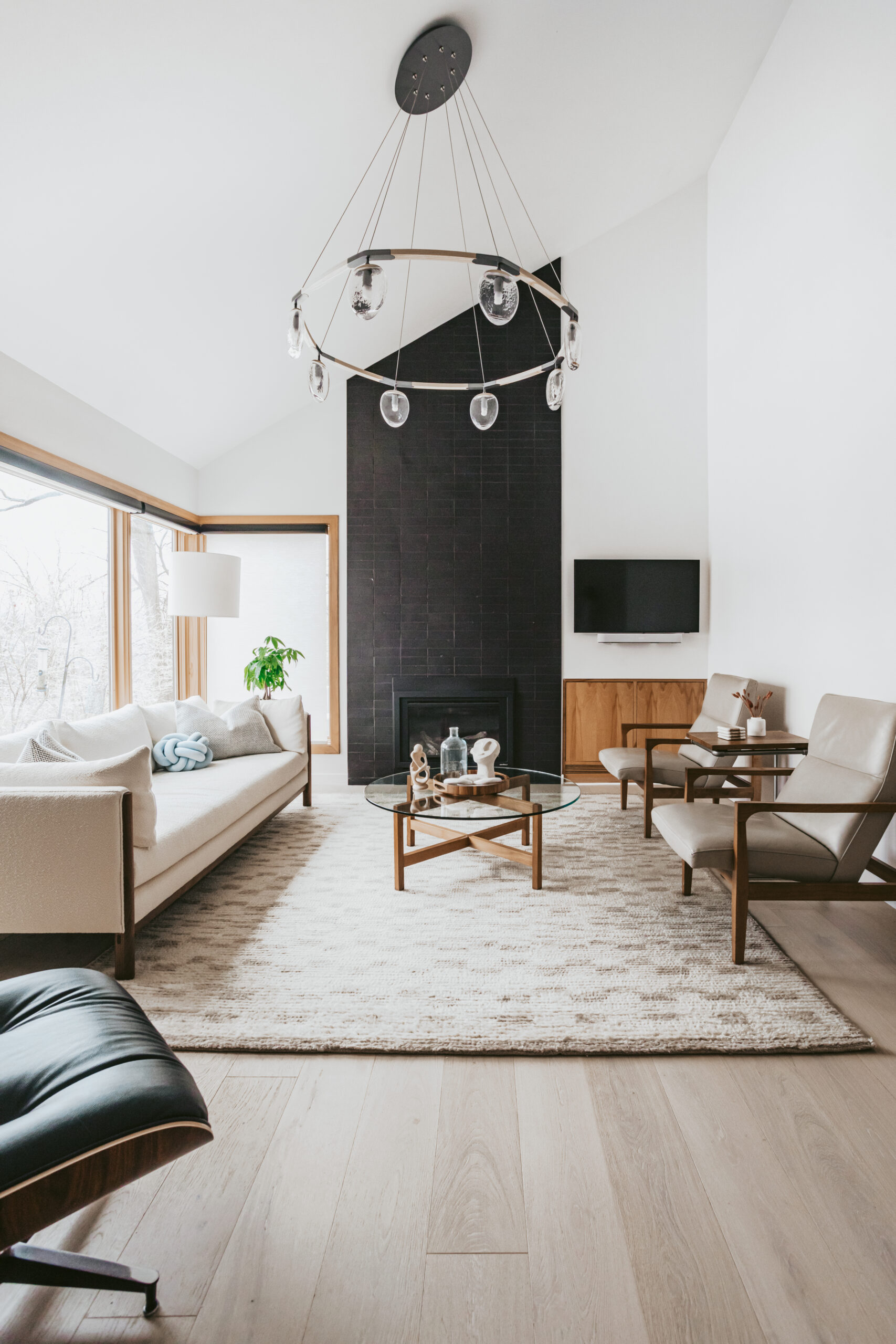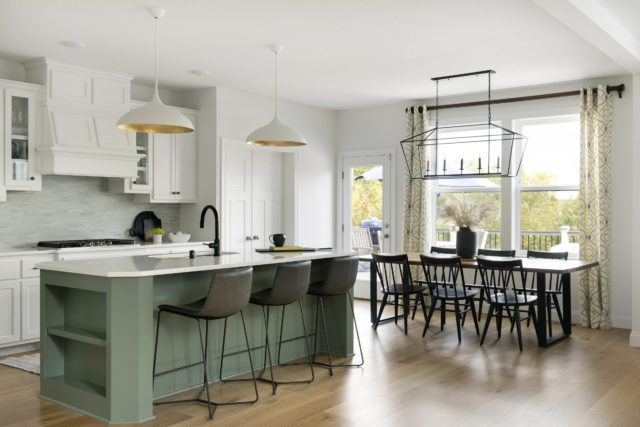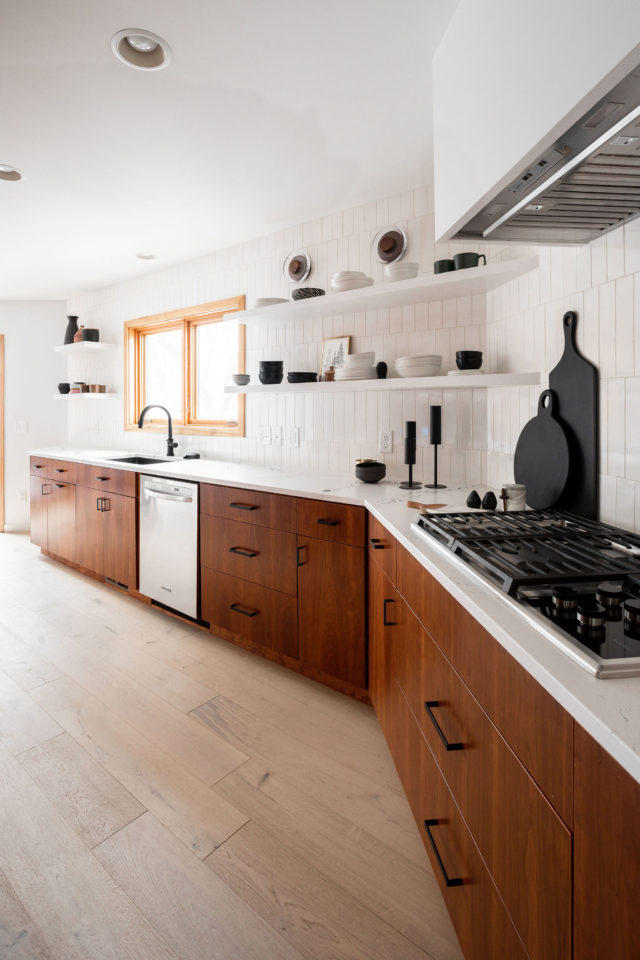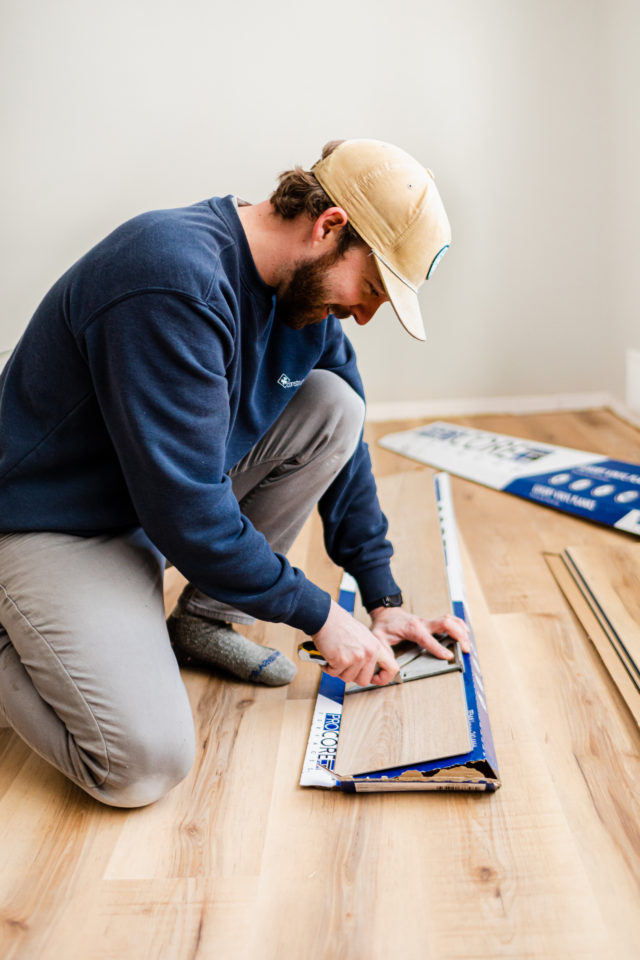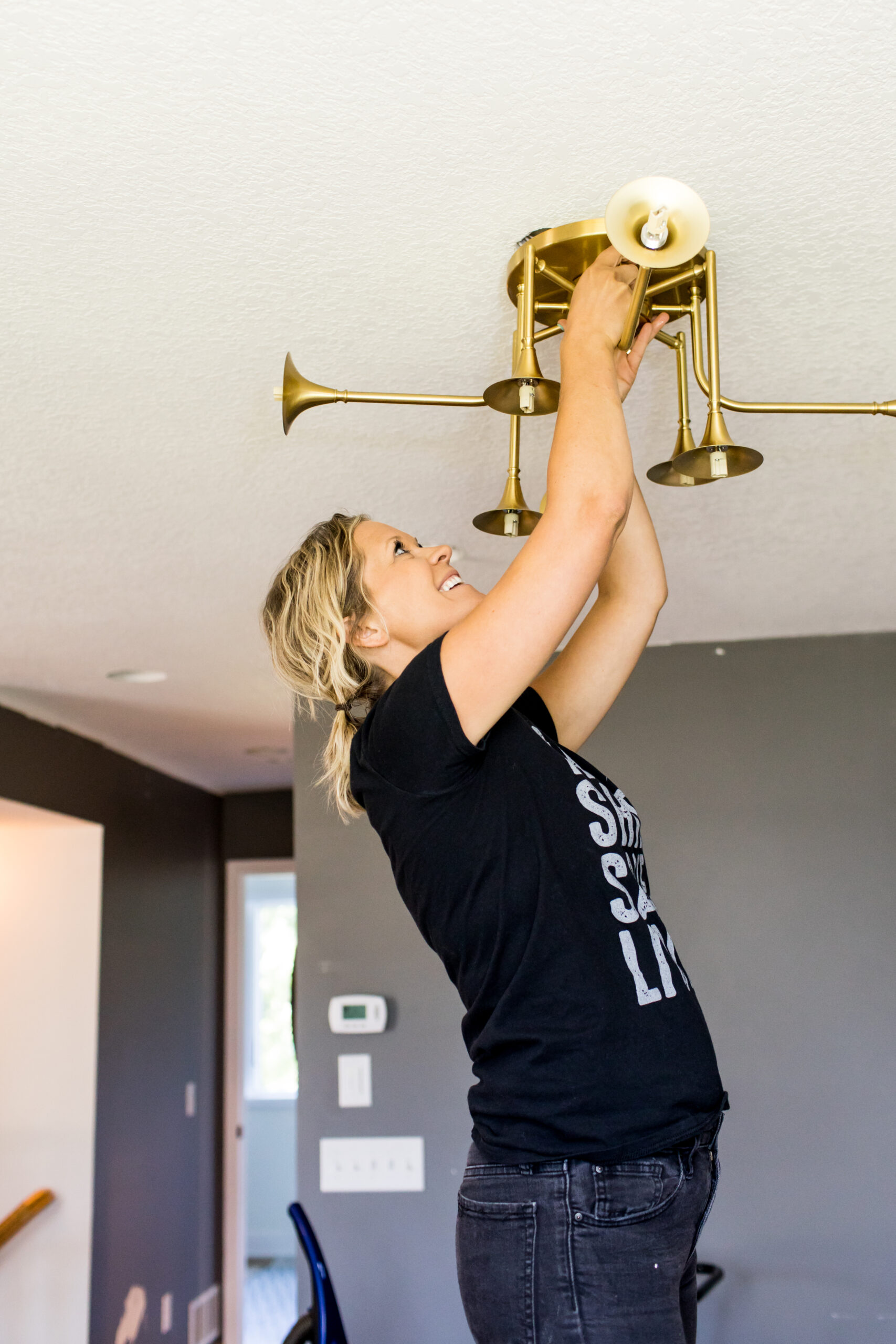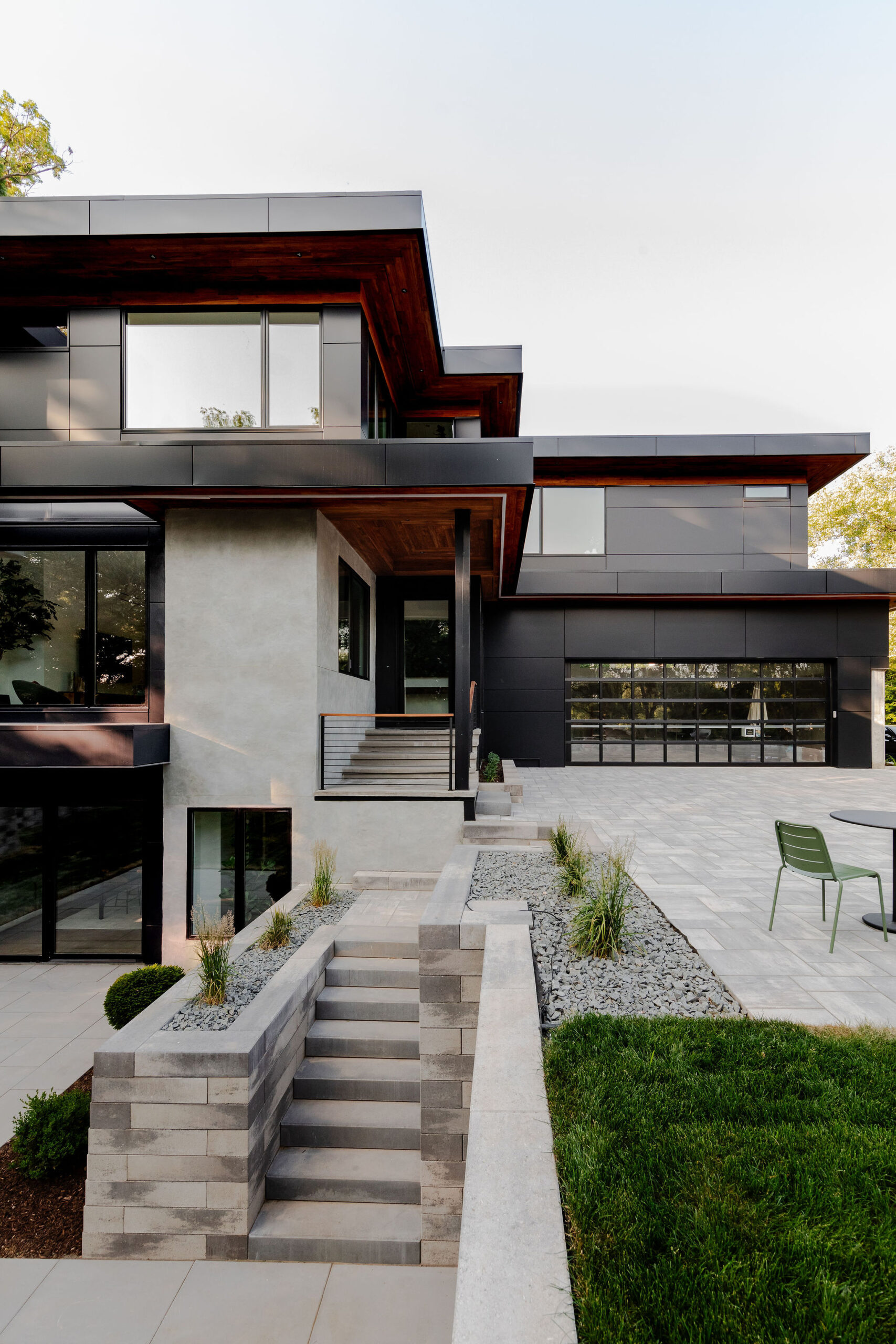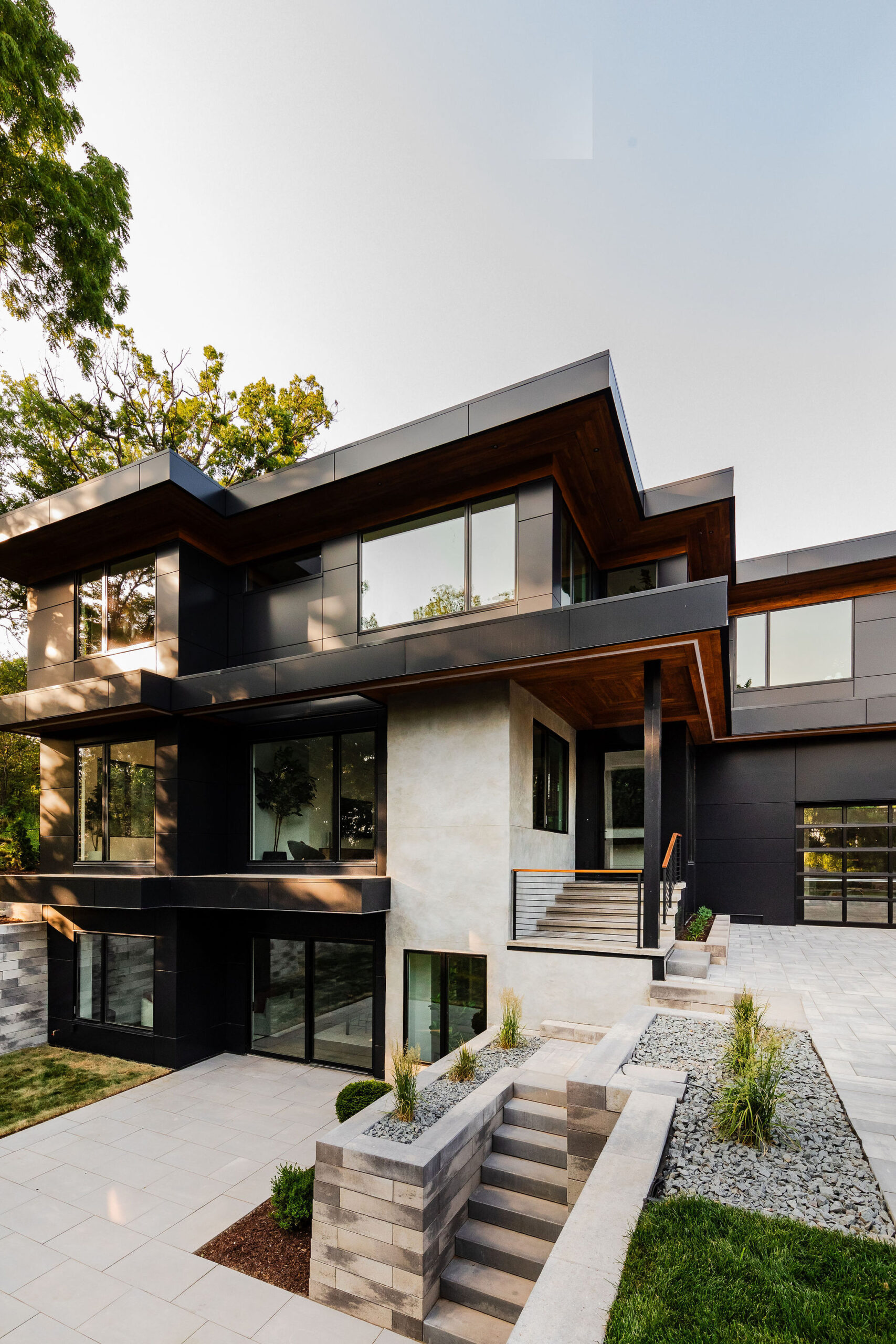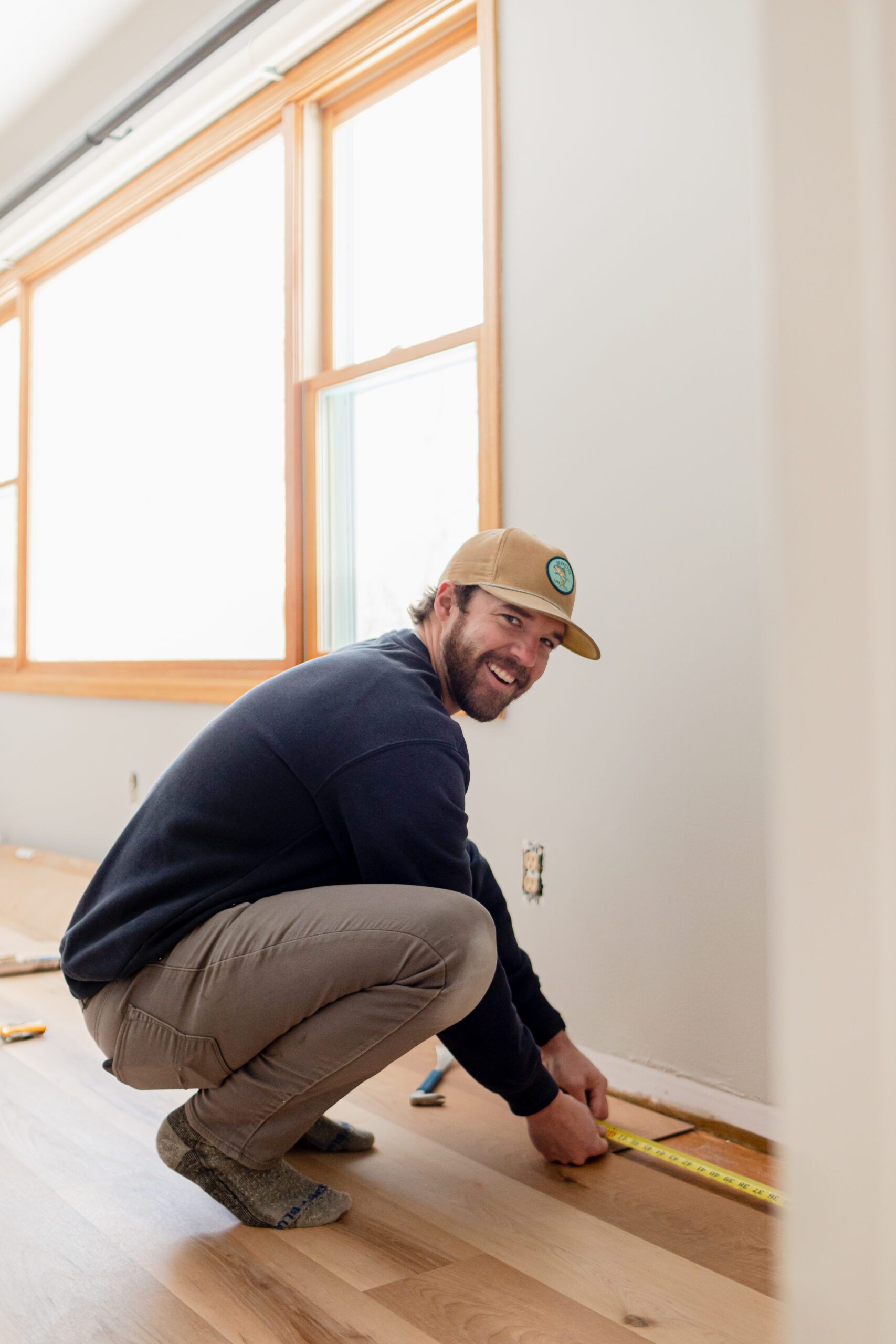
Hardwood flooring slowly but surely has been winning people’s hearts! It is truly gorgeous. The main decision you will encounter when remodeling or building a home is the direction to lay your hardwood floor.
Vertical and horizontal are the main ones to consider, and we will focus on them in this blog post. However, some people inherited or prefer something unique and less traditional, and they may choose: a herringbone hardwood flooring direction or diagonal accordingly. We will lay out our main parameters below, and they will guide you in your decision.
Engineered Hardwood Video Tutorial
Hardwood Flooring Direction Guide
When building or remodeling a house, flooring can be one of the most significant statement pieces in the home. There are many different options for flooring depending on the space, size, and style you hope to achieve.
If you are using a tile floor that is a non-rectangle shape, this article will be less helpful for you, and I recommend scrolling through the blog to find a reference to a different post on that topic.
And if you discover that we still need to write one on what way to run your tile floor, please feel free to email the co-owner of c2s, Jamie Molitor, and he will fix it ASAP.
Once you have decided on what floor you will install, whether it is using plank flooring or laminate, engineered or real hardwood, there will come a time when you will face the decision on which direction to lay your hardwood flooring.
Generally speaking, there would be two main ways to run the floor according to the way your house is situated. To simplify our explanation, we will call it east to west or north to south.
There is no correct or incorrect direction to lay your hardwood floor. However, to fulfill this post’s primary purpose and educate you, we want to point out a few things to help you make that decision strictly from a design perspective.
Here are a few thoughts! There is a general rule, whenever you are placing wood flooring in a hallway or any long areas, your hardwood flooring direction has to run away from the doorway.
I am sure you have stayed at a hotel many times. You may remember that the design of every hotel hallway (mostly always carpet) usually runs the length of the hall, inviting you to “follow the path.”
Then in front of your door, you must cross that design, indicating you have arrived.
Similar to a stop sign, the street lines run parallel with your car, confirming that you are going in the right direction.
Once you come to a stop sign or a street light, a line usually runs perpendicular to your car, and it tells your brain, I need to stop. This concept can be applied to your hardwood flooring direction as well.
Wood Floor Direction: Hallways
The floor generally runs parallel to the lengthiest part of your house. Typically there are rooms along the hallway, meaning you will follow along with the floor until you’ve reached the desired room.
When looking at other areas of the house, there are fewer deciding factors as there are in the hallway, but for example, let’s use an entertainment/living room. When seated on a couch or a chair, it’s visually more appealing to look down the boards (parallel with them) at the viewing area vs. across the boards.
Wood Floor Direction: Focal Point of the Room
Once you identify the center or a main object of your room, you will clearly see which direction to lay your hardwood floor. Do you have a fireplace? Is there a meaningful architectural detail that is the center of your living room? The wood flooring boards should be placed leading in that direction.
Wood Floor Direction: Light Source(-s)
One of the factors to consider when choosing on direction of your hardwood flooring is your light source. If your room has a great deal of natural light, you may want to consider running the boards in the direction of the light.
Furthermore, when thinking about the direction to lay your hardwood floor in your kitchen, the boards should run consistently with the traffic flow.
Not to make your house seem like its a racetrack or a highway, but these are all things to consider.
Likely this is WAY over complicating the idea and may sound ironic, but there may be some significance to it.
Wood Floor Direction: Floor Joists
Another thing to consider, especially when you are nailing the floor down, is what way your floor joists run.
For best results, you should run your floorboards perpendicular to your floor joists for optimal areas to staple to and support.
If you are still determining which way the floor runs, you can look in your mechanical room (if unfinished) and see up into the ceiling.
As mentioned earlier, there is no right or wrong way to install the floor directionally, but if nothing else, hopefully we were able to educate you and offer you a proper design perspective.
